Top Rated Bra Brands That Put Comfort First
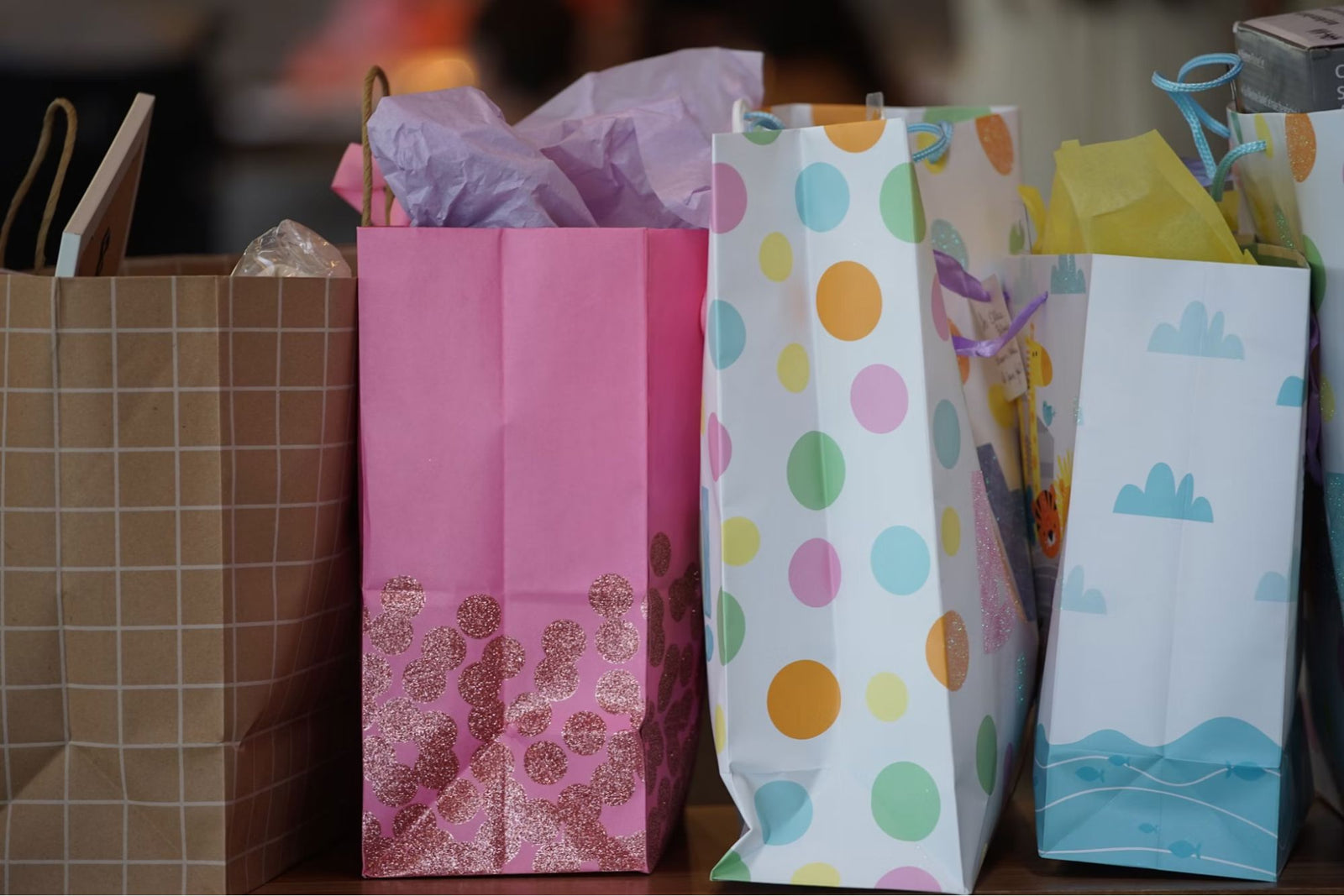
Growing bodies shift almost monthly between ages nine and fifteen. A bra that felt fine in September can pinch by March, and the wrong fabric can turn a school day into an itch-fest.
Parents and young wearers want better options that disappear under T-shirts, move with every cartwheel, and never spark a rash. They also weigh ethics—how the cotton was farmed, who stitched the straps—because kids learn values as fast as they outgrow clothes.
This guide explores top rated bra brands built for tweens and early teens, then walks through sizing, fit checks, and long-term care so a single purchase earns long-term trust.
The Non-Negotiables
Finding a first-bra that feels right is a balancing act between comfort, support, and values. This section below breaks down the essentials—from gentle, seam-light textiles to certification labels that guarantee fair production—so you can choose a style that grows alongside a changing body and a growing conscience.
Soft Textiles
Skin that’s still getting used to clothing needs fabrics that work with it, not against it. Organic cotton stays breathable on warm days and holds its softness wash after wash. Modal and recycled micro-modal feel even silkier—think of the light drape of a favorite T-shirt—while a whisper of spandex (about 5 %) keeps the fabric moving when arms reach overhead or stretch during class.
Look for knits labeled as “ring-spun” or “combed”; the extra processing lifts short fibers away, leaving only the smooth ones that won’t tickle or prickle. Seam-light or seamless knitting removes bulky join lines, so nothing rubs under backpacks or seat belts.
Gentle support, not compression
Breasts that are just beginning to form don’t need the squeeze of an adult sports bra. Two layers of fabric—or a single layer with a hidden sling—give enough shape to feel secure without flattening. Light sewn-in foam pads help even out asymmetry, a common stage in early development, and pop out before the wash so they last longer.
A band that measures at least 1.5 inches spreads weight along the ribs instead of pinching one spot, and a U-shaped back keeps straps from sliding during PE or dance. For more comprehensive information, check out our ‘Bra Guide for Small Breasts Sizes’.
Adaptive sizing
Cup letters can feel foreign when bodies change every few months. Brands that run from XXS to XL offer a friendlier path: each step up covers about two traditional cup sizes, so there’s less guesswork.
Look for stretch panels at the side wings or a ruched insert at center front; they relax on growth-spurts days yet rebound once things settle. Some teen styles add hook-and-eye extenders or multi-row underbands, giving another half-inch of breathing room before it’s time to size up.
To learn more, check out our in-depth guide on ‘Breast Development by Age’.
Tag-free labeling
That tiny rectangle at the neckline can cause a whole day of scratching if it’s the stiff woven kind. Heat-pressed care graphics sit flat and wash out cleanly over time, while printed ink labels use water-based dyes that stay flexible. No flapping edges mean no “Mom, can you cut this off?” requests at the bus stop.
Ethical sourcing
Comfort shouldn’t come at someone else’s discomfort. Global Organic Textile Standard (GOTS) certification confirms the cotton was grown without harmful pesticides and processed under strict wastewater controls. OEKO-TEX® Standard 100 dyes ensure no leftover chemicals brush against young skin. When factories undergo third-party wage and safety audits, parents can hand over the credit card knowing every person in the supply chain was paid fairly and worked in safe conditions. That peace of mind feels almost as good as the bra itself.
How We Chose: Ranking Criteria for a “Top Rated” Label
To cut through the marketing noise, we measure every option against six non-negotiables. If a brand clears each bar, it earns a spot on our short list; if it stumbles, we keep looking.
1. Verified buyer reviews
Marketing copy is easy to polish; hundreds of frank parent testimonials are not. A bra that averages at least 4.5 stars on two or more retailers shows it wins approval beyond the brand’s own ecosystem. Consistency across platforms removes the risk of cherry-picked reviews and signals dependable quality in real-world use.
2. Tween-specific design
As mentioned above, bodies between eight and fifteen differ from both children and adults. The cut should contour ribcages measuring roughly 24–34 inches, sit higher under the arm for full range of motion, and avoid mature detailing such as plunge fronts or heavy padding. Color palettes lean playful—pastels, heathers, simple prints—so the garment feels age-appropriate rather than miniaturized adult undergarment.
3. Inclusive sizing
Growth spurts rarely track the neat A-, B-, C-curve. Letter sizes from XS through XL map more flexibly to changing bodies, while stretch knit fronts that can accommodate up to an emerging B/C cup avoid monthly upgrades. Side panels with added elastane or a ruched center insert buy extra breathing room without compromising support.
4. Fabric credentials
Skin still adjusting to new hormones can react to harsh chemicals. Organic cotton certified by GOTS, recycled polyester made from post-consumer bottles, or any fiber blend carrying the OEKO-TEX® Standard 100 label protects against residual dyes and finishes. These standards also cap water usage and waste, reducing the bra’s environmental footprint.
5. Price fairness
Tweens outgrow clothing fast. A median price between $18 and $35 hits the sweet spot: high enough to cover quality fabric and fair labor, yet low enough that parents can refresh sizes each year without rationing. Anything cheaper often cuts corners on stitching or sourcing; anything pricier can turn an everyday essential into a luxury purchase.
6. Community feedback
Beyond online stars, listen to professionals who see bras under strain. Pediatricians look for non-binding underbands that respect growing rib cages. PE teachers prize straps that stay put through sprint relays. Youth coaches want removable pads that survive tumble-dry cycles and cartwheels. When these voices praise a model, it has passed the ultimate field test: a season of sweat, movement, and repeated washings.
3 Top Rated Bra Brands: 2025 Shortlist for Tweens & Teens
Below is a deeper look at the three brands that consistently emerge as top-rated bra brands. Each profile covers the story behind the label, signature styles, and the kind of wearer who raves about the fit.
1. Bleuet — Best Overall

Bleuet exists for one purpose: make bras that kids forget they’re wearing. Cofounders Liz and Bill launched the brand after their daughter’s first fittings left her fidgeting and red-lined.
Design DNA
-
Ultra-soft and breathable fabrics for all-day comfort
-
Seamless roll-proof underband that spreads pressure
-
Tag-free, heat-pressed care info—nothing scratchy
Flagship Styles
|
Style |
Best for |
Fabric notes |
Quick spec |
|
Everyday under polos or tees |
Double-layer modal, unpadded |
Feather-light, lays flat |
|
|
Soccer, tumbling, PE |
Light compression knit |
Crossover straps stay put |
|
|
Layering under uniforms |
Modal with built-in shelf |
Extra torso length |
|
|
Track meets, dance class |
Recycled poly-blend jersey |
Quick-dry, mesh vent panel |
|
|
Sensitive skin, eco focus |
GOTS organic cotton-spandex |
No dyes on lining |
Sizes & fit flexibility
Number-free sizes 8 through 24 (roughly 24–34 band equivalents). Side knit-in stretch zones give up to two inches of growth room before the next size jump.
Who loves it
-
Highly active tweens who can’t pause to adjust straps.
-
PE teachers say the Racerback stays smooth under jerseys.
-
Dermatologists cite dye-safety disclosures and flat seams for eczema-prone skin.
2. Yellowberry — Adventure-Ready Comfort

Yellowberry began when a 13-year-old wanted a bra that felt like it belonged in her life, not her mom’s dresser. Her prototype grew into a label trusted by families for fit that respects growing bodies and styles tweens actually like wearing.
Why parents (and kids) reach for Yellowberry
-
Built by a teen who understands how awkward first bras can feel
-
Focus on gentle coverage and ultra-soft knits that move, not squeeze
-
Zero wires or push-up padding—just light, breathable support
-
Wide palette of solids and prints so each wearer can pick a favorite color
Popular picks
-
Pipit Bra – the go-to starter style, smooth under uniform tops
-
Tink Bra – racerback cut with full front coverage and cotton-blend stretch
-
Ladybug Bra – sport-inspired shape that stays put through recess and practice
3. Aerie

Aerie may sit inside American Eagle’s teen-to-adult aisle, but pieces from its Real Me line hit the sweet spot for older teens who want a touch more shape without wires or heavy padding. The brand’s unapologetically unretouched marketing also helps girls see bodies like their own, not a single “perfect” mold.
Why parents (and kids) reach for Aerie
-
Molded, lightly lined cups keep everything smooth under fitted tops while staying wire-free.
-
The Real Me fabric blend (nylon, elastane, a hint of recycled fiber) feels weightless and disappears under T-shirts.
-
Campaigns feature unedited photos, varied skin tones, and visible insulin pumps or scars, making shoppers feel represented rather than edited.
-
Hundreds of mall locations let teens try on in person, easing the guesswork that comes with first “real” bras bought online.
Popular picks
-
Real Me Wireless Lightly Lined Bra – everyday T-shirt staple with thin foam shaping.
-
Real Me Full-Coverage Unlined Bra – a no-pad option for those who prefer the lightest feel.
-
OFFLINE by Aerie Goals Sports Bra – medium-support racerback that doubles for gym class and weekend hikes.
Spotting Fit Issues Early—and Easy Ways to Fix Them
A quick mirror check once a month prevents a term’s worth of tugging and slouching. Ask your tween to raise both arms, roll their shoulders, and take a deep breath. Any of the signs below? Time for a tweak.
|
Issue |
What It Means |
Quick Fix |
|
Band rides up between the shoulder blades |
The band is too loose, so straps are doing all the work. |
Drop one band size or choose a style with a firmer, wider under-band for better grip. |
|
Straps dig red grooves into shoulders |
Straps are compensating for an oversized band or narrow webbing. |
First, tighten the band; if grooves remain, pick a style with broader, cushioned straps. |
|
Straps keep sliding off |
Straps set too wide or stretched out. |
Shorten the straps; if they still slip, try a racerback or a J-clip converter. |
|
Fabric wrinkles across the front |
Cup zone is too roomy—no tension to keep it smooth. |
Move down a size or pick a double-layer style (e.g., Bleuet Bleum) that hugs closer. |
|
Top edge cuts into breast tissue |
Cup area is too shallow; tissue is spilling forward. |
Go up one size or choose a stretch-front knit that allows extra depth. |
|
Side seams twist toward the front |
A growth spurt has pulled fabric off-grain. |
Rotate in the next size up before the seams distort permanently. |
|
Band leaves deep marks after class |
Band is too tight or fabric lacks stretch recovery. |
Shift up a band size or try a blend with higher spandex content (5 % is usually enough). |
|
Center front floats away from the body |
Cups too small or too shallow; they can’t sit flush. |
Size up, or switch to a soft, unpadded bra that molds easily to new contours. |
Final Takeaway
Each label earns the top rated bra brands badge for different reasons. Start with the brand that solves your child’s biggest pain point—be it strap slip, fabric itch, or budget—and you’ll land on a first bra (or third, or fifth) that feels like it was made just for them.
FAQs
Which bra is best to wear daily?
A well-fitted, wire-free T-shirt bra is a safe everyday pick for most people. Look for breathable cotton-modal blends or moisture-wicking microfiber so the fabric doesn’t trap heat during long hours. Light, molded cups smooth out seams under knits without adding bulk, while a wide, elasticized band keeps support evenly distributed. If your schedule includes light exercise, a low-impact sports bra made from quick-dry fabric can double as a daily option.
What is the healthiest type of bra to wear?
The “healthiest” bra is one that fits correctly and lets skin breathe. A wire-free style made from certified organic cotton or OEKO-TEX® approved microfiber minimizes the risk of irritation from harsh chemicals. Broad underbands and cushioned straps keep circulation free by spreading pressure over a larger area. Rotate two or three bras during the week so each has time to air out and regain shape, preventing stretch-out that can lead to poor support.
Is it okay to sleep in a bra?
Sleeping in a bra isn’t harmful as long as the fit is gentle and non-restrictive. Light, wire-free bralettes or soft-cup sleep bras can reduce overnight movement if that feels more comfortable. Avoid underwires or tight compression bands, which can irritate skin and impede circulation while you shift in bed. If you notice redness or wake up adjusting straps, try going without or switch to a looser sleep-specific style.


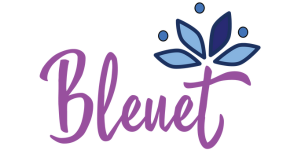


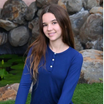
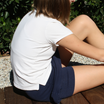
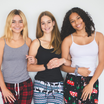
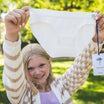
Leave a comment